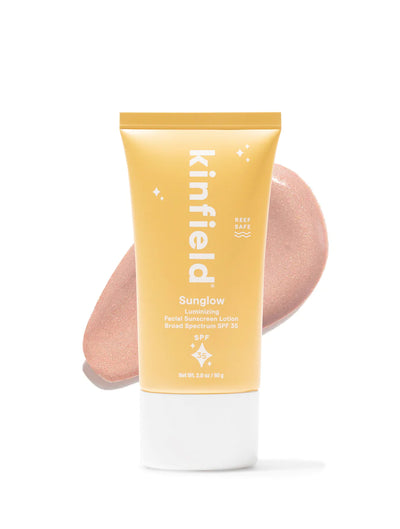The Over-Exfoliation Epidemic: A Culture of Abuse
Many professionals can think back to a time before they accumulated their perspective knowledge surrounding skin, enough to remember a time when we were taught that exfoliation is the key to good skin. It seemed to be the answer for anything which was plaguing the skin whether that be acne, pigmentation or simply combating aging skin. Unfortunately this concept became not only abused within the professional realm of things, but also made it into the well intentioned and often ill informed hands of consumers. A scroll through Amazon or walk through Sephora now has the average person assaulted by AHAs and has tools previously exclusive to the professional within grasp for the average person to use and abuse at home. From handheld microdermabrasion to acids in every step of their regimen, it is now common to see clients with raw, sensitized and inflamed skin thanks to this unrestricted access.
Skin Abuse
There is a very big misconception when it comes to skin care: if we dig deep enough and peel away enough layers, we will discover beautiful radiant skin underneath. Unfortunately, for the skin of many who subscribe to this belief, this is simply not the way it works. This abuse can sometimes lead to temporary appealing results, which is what keeps many coming back to the practice, but looks can be deceiving. What we see occurring on the outside of our skin is not always reflective of what is taking place at a cellular level. In short, these results are always at the expense of our long term skin health. When the resilience of youthful skin runs out, more mature skin then comes limping and crawling into treatment rooms begging for nourishment and support.
Skin in Crisis
The skin barrier is fundamentally the most important aspect of skin health. Made up of the very corneocytes exfoliation seeks to remove and a ratio of lipids creating a waterproof structure, this barrier functions to both retain necessary hydration and defend against pathogenic external aggressors. Hydrolytic (water-dependent) enzymes are responsible for natural healthy shedding of cells so if we are aggressive with the corneocytes found in the Stratum Corneum and we disrupt the skin’s ability to retain hydration then these enzymes are unable to properly function. In an attempt to expedite cellular turnover, it can actually become increasingly sluggish due to a lack of free water within the skin itself. Furthermore, our skin has a very elaborate defense system and compromising the skin barrier exposes this system, leading to inflammatory responses which are particularly elevated as we age. While at first glance inflammation can often appear to be beneficial as the resulting edema or swelling can plump out the skin, the subclinical complications surrounding inflammation are detrimental to the overall health and even aesthetic end goals we hope to achieve.

Exfoliation; Support or Abuse?
Exfoliation can certainly be an important step in caring for skin as it can remove accumulated skin cells when necessary. More necessary than removing these cells however is questioning the origin and cause of their accumulation. Before reaching for a peel, daily exfoliants or tools such as dermabrasion of any type, building a healthy foundation with a focus on hydration and nutrients required to thrive as well as bioidentical lipids and their synthesis within the skin to ensure that hydration is sustainable is going to be crucial. Normalizing desquamation through support rather than forcing aggressive desquamation will often reduce the need or desire to continuously exfoliate while yielding more sustainably healthy skin.
Read this blog in Dermascope Magazine!





Leave a comment